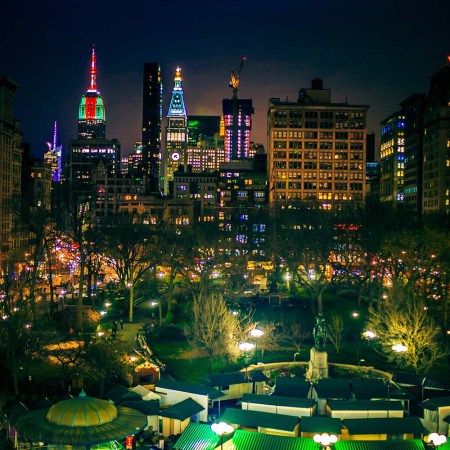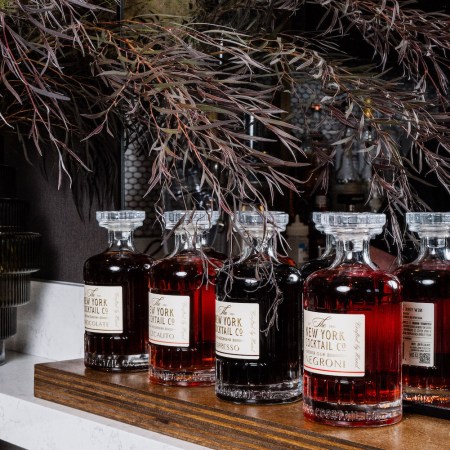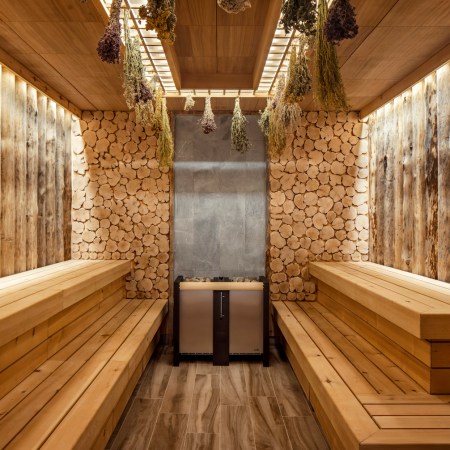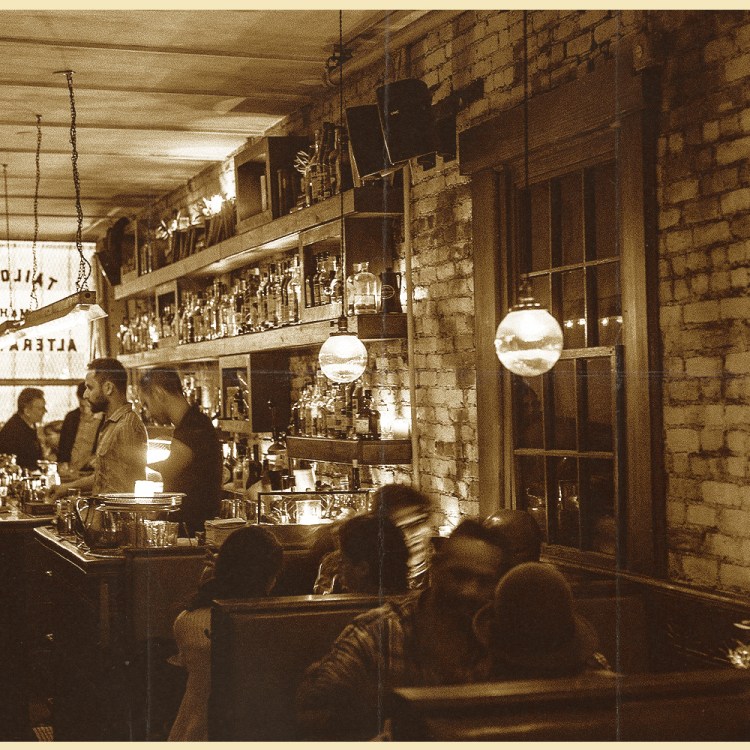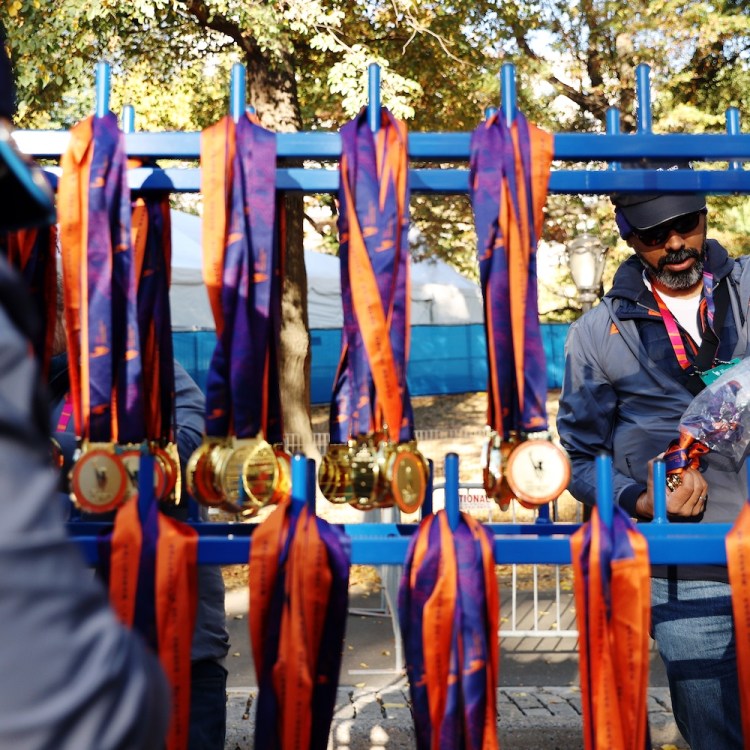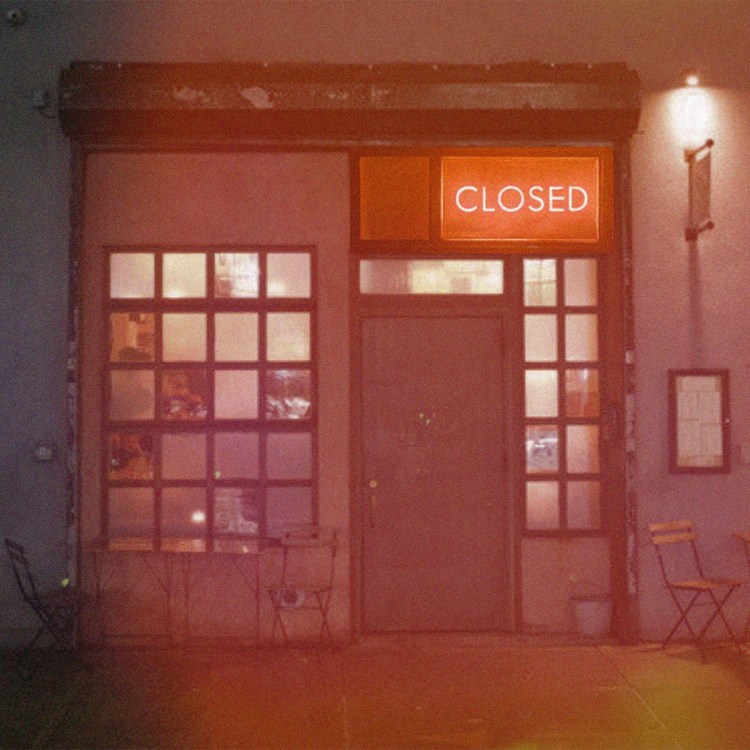Inside the large, silver industrial coffee roasters at Shared Roastery in Brooklyn, Nguyen Coffee Supply’s robusta beans are heating up. After about 12 minutes and some 400 degrees, founder Sahra Nguyen offers me a sniff: the beans, imported directly from Vietnam, smell of warm, toasty and sweet caramel. Robusta beans are hearty, able to endure all manner of climate changes, and produce a coffee that is itself lower in fat and sugar and higher in caffeine. They have thrived in Vietnam since the early 20th century, the bean behind a slow coffee culture that prizes relaxation and adaptability over the grab-and-go coffee culture that dominates the U.S. So why, in 2022, is it suddenly being called a trend?
According to Sahra Nguyen, in the coffee industry, robusta developed a reputation of being the cheap, bad tasting counterpart to arabica, known for its sweet yet acidic softness, but this isn’t actually the case. Rather, just as there are many varietals of wine, there are also many different varietals of coffee: the quality is consistently high and the flavor preference ultimately lies with the consumer. Part of Sahra’s work with Nguyen Coffee Supply has been undoing biases against robusta and making sure Vietnamese coffee gets the credit it deserves both socially and economically as a global force in the coffee market. Coffee was brought to Vietnam by French colonialists, but an independent coffee culture has bloomed in Vietnam since then, both in terms of coffee shop culture and farming. In fact, Vietnam is actually the second largest coffee producer in the world, but many people still don’t know of its dominance in the market. Not only that, but robusta makes up 40% of the coffee market’s output worldwide.
However, robusta isn’t often identified as a bean in use, especially when it comes to its regular presence in instant coffees, the way its arabica counterpart is. Not to mention many places will offer Vietnamese coffee drinks but make them with arabica beans. And while instant coffee used to be the order of the day, with the increased interest in specialty and specialized coffee culture around the world, there should be–and there is starting to be–room for robusta and Vietnam in those conversations as well, though it should have happened long ago. Sahra believes there’s room to evolve. “For us it’s more about including it in the conversation for people to engage with Vietnamese coffee,” she says. “If you’re somebody who cares about exploring and exploring Vietnamese coffee, we love to offer the culture concept as well, for you to understand or appreciate the bean not just as a product separate from the source, but understanding that there’s so many more elements, including people, cultures, lifestyles and rituals, that helps to bring this bean to life.”
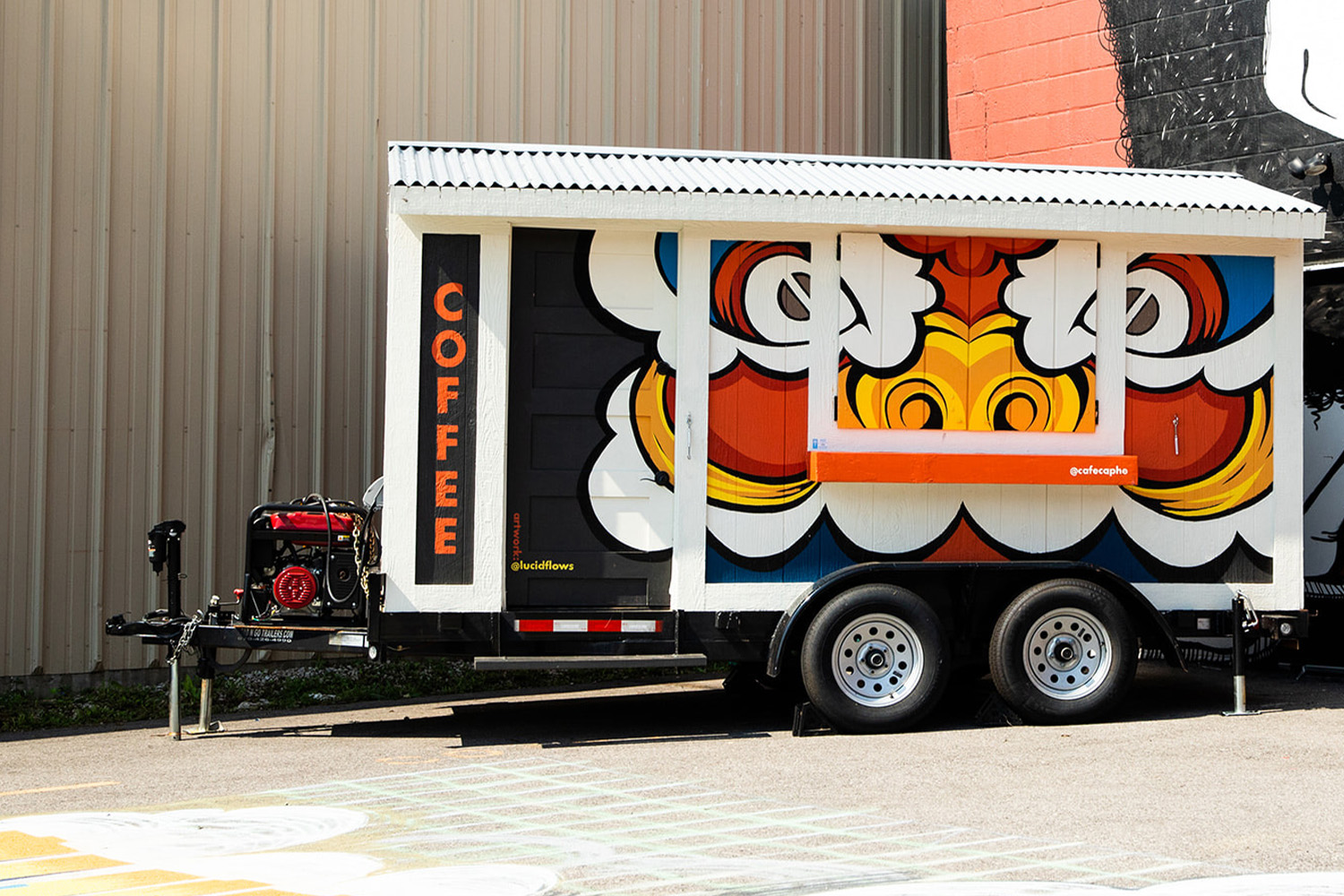
And Vietnamese coffee has a very full life. Nguyen Coffee Supply champions preparing Vietnamese coffee with a phin filter, a slow-drip brew tool popular in the country that the company refers to as “if the V60 Pour Over and French Press had a baby.” Sahra remembers when she was developing the company–which has since landed her on the cover of Food & Wine, one of comparatively few people to ever hold such a space–that she would look up brewing guides for other tools but the phin was almost never listed, despite the fact that it’s affordable, sustainable, has no paper waste, and has been in use for well over 100 years. If you’re a Chemex, V60, or French Press user, there’s no reason not to try it with your Vietnamese robusta beans. And there are many ways to drink Vietnamese coffee once you prepare it with the phin filter, or as a cold brew, or what have you. While the way people often see it is in its iced version, made with sweet condensed milk (which initially was used because of a lack of refrigeration), just as with other coffee varieties the ways to consume it are endless. The difference is just that the beans are from Vietnam. So why wouldn’t you want to expand your palate?
This was something that also resonated with Jackie Nguyen, founder of Kansas City, Missouri’s Cafe Cà Phê, the city’s first Vietnamese coffee shop. Cafe Cà Phê currently operates a mobile unit and will open its first brick and mortar location this spring. She sees her goal with Cafe Cà Phê as one of carrying on a legacy as a person who, like Sahra, is a first-generation Vietnamese American. “Because Vietnamese Americans exist in our country, I think that there should be space for Vietnamese coffee, because it is part of the American culture, right? Like, it’s existed in our country for so long. It just hasn’t had exposure,” she says. “The world is finally opening up more to different ideas about culture and inclusion.” What Sahra is doing on the roasting side, producing and promoting Vietnamese coffee and robusta beans, Jackie and other restaurateurs like her are doing on the coffee shop side; Jackie notably and purposely serves Nguyen Coffee Supply coffee for this reason. “It’s not a trend because it has existed for so long,” she says. “We just now need to educate you and let you know.” And, better yet, you need to let yourself know.
This discussion of Vietnamese coffee also comes at a time when people are receptive to learning about it. “If I had done this five years ago, I don’t think it would have had the same traction. There is a certain level of collective consciousness in America right now…where people are willing to listen and learn,” Sahra says. “I feel really grateful.” Representation always matters, so it’s powerful to see Vietnamese coffee continuing to thrive, especially in the face of noxious hate crimes the Asian community has experienced. Listening is good, but recognizing that a significant part of a culture–one where coffee is an active part of engaging with one’s community, and has been for generations–is not just a trend is important, too. You’ll notice there are Vietnamese coffee shops continuing to pop up all over the country, with robusta beans at their core, but they’ve also always been here and are here to stay. So it’s time to get robusta beans and the world of Vietnamese coffee on your radar if you haven’t already.
“There’s so many beautiful flavors and culture, why would we not want to spread that?” Jackie says. “I do think there’s a lot of misconceptions, but I also think it’s just lack of experience and lack of exposure and people just don’t know it until they try.”
This article was featured in the InsideHook NY newsletter. Sign up now for more from all five boroughs.

